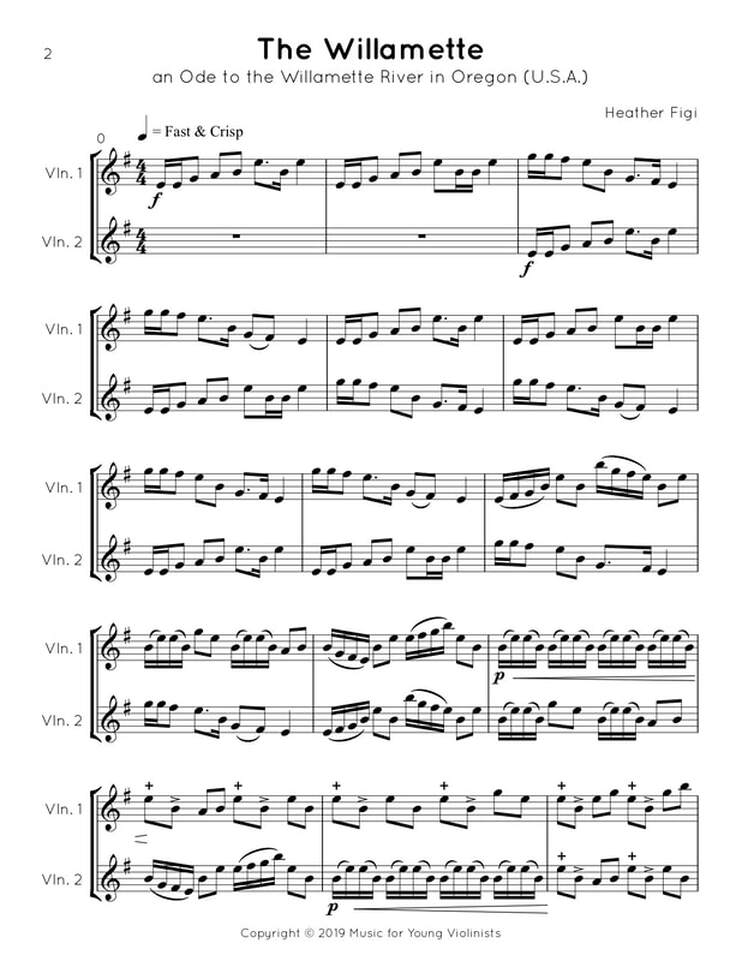

(In practice, intonation may be checked by sounding an adjacent open string, and listening for the interval between the two notes.) Although adjusting to the desired pitch after landing the finger is indeed possible, the amount of adjustment needed may be greatly reduced by training the fingers to fall properly in the first place. "Singing" the pitch mentally helps to land in the right spot. To attain good intonation, violin players train their fingers to land in the right places, learning to hear when a pitch is in or out of tune, and cultivating the ability to correct the pitch rapidly and automatically as they are being played. While beginning violin students often rely on tapes or markers placed on the fingerboard for correct placement of the left hand fingers, more proficient and experienced players place their fingers on the right spots without such indications but from practice and experience.

It is useful to pay attention to the "square" formed by the right arm and bow, keeping it in a flat plane, and noticing which parts "lead" in string-crossing motions. Like any other unwarranted tension, it limits freedom of motion, and increases the risk of discomfort, while decreasing sound quality. Raising either shoulder beyond a natural relaxed position is an easy habit to acquire without noticing it. Players may sometimes be advised to bring their left elbow to where they can see it, so as to reach the lower strings more easily. The left forearm will be rather extremely supinated, and the left elbow drawn medially, or to the right. Collapsing the wrist to "support" the violin with the heel of the hand is an unfortunate habit that many novice players fall into, and may take years of constant vigilance to overcome. Keeping the left wrist relaxed and nearly "straight" allows freedom of finger motion, and reduces the chance of repetitive strain injury. The spot may be aggravated by an allergic reaction to nickel plating on the chinrest clamp hardware, or by microbial pathogens present on the instrument.

Many violinists have a reddish mark on the neck, the so-called "violin hickey" (or "fiddler's hickey") from long-term pressure at that spot. Whatever the equipment, the player will usually aim to maintain a balanced, natural, and comfortable attitude, with the spine straight, especially the neck. The search for the ideal combination can be a lengthy one in some cases. The chin rest and shoulder rest accessories come in a great variety of styles and shapes, so each individual may find the combination that best suits their build and playing style. In Morocco the violin is often held completely upright resting on the seated player's thigh with the left hand stabilizing the balance while fingering. Other common ways to hold the instrument include the seated Carnatic attitude, with the scroll resting on a foot, or the dancing-master's " kit" or " pochette" hold, along the forearm, by the lower margin of the rib cage, even though these are not widely traditional holds. If held properly under the chin, the violinist can let go of the instrument with their hands and it will stay there firmly.

Most players hold the lower bout of the instrument between the left shoulder and the jaw, often assisted by a semi-permanently attached chinrest and detachable shoulder rest. It is possible to play the violin holding it in a variety of ways.


 0 kommentar(er)
0 kommentar(er)
